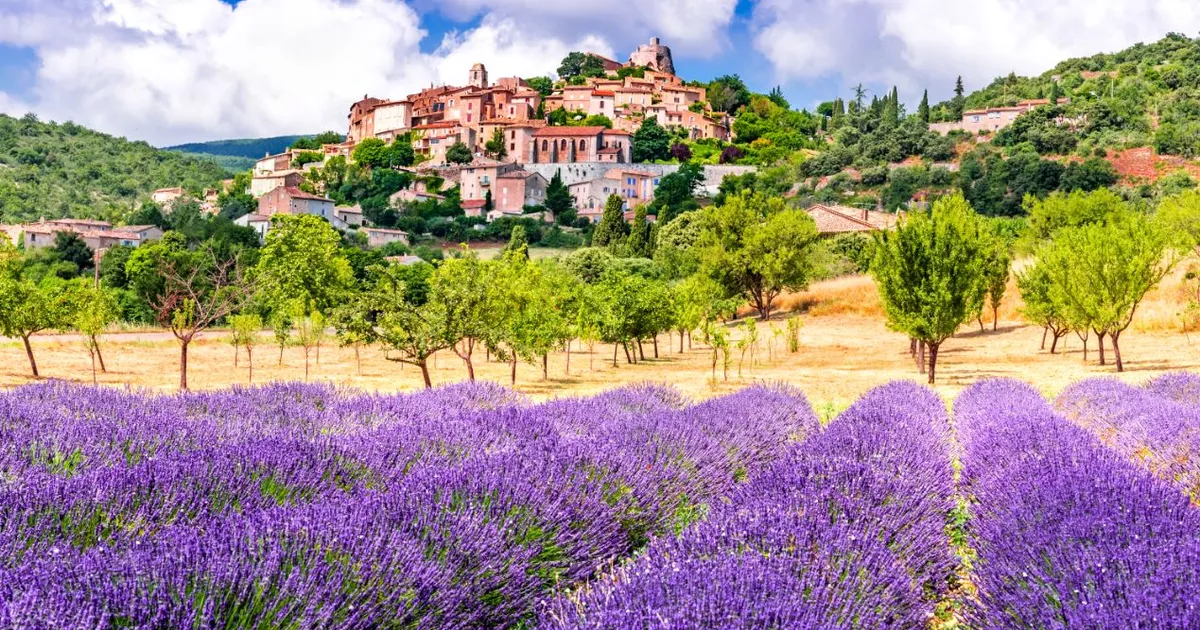Provence emerges from the mists of antiquity. Shortly after their arrival, in 123 BC, the region becomes the antechamber of Italy in the eyes of northern travelers, thanks to its remarkable ancient heritage and built heritage. The clemency of the climate also contributes to its success.
The mild winter motivated the first winter visitors in the 18th century, some concerned about their health. The mild weather also benefits crops: the olive tree, of course, but also exotic plants such as palm trees, mimosa, eucalyptus, or agaves that thrive wonderfully on the coast. The Provence region is located between two rivers, the Rhône to the west and the Var to the east, and the Mediterranean Sea to the south, with few exceptions.
To the north, it is bounded by the first mountains of the Hautes-Alpes, which extend beyond the Ubaye and Durance rivers. In the mid-19th century, regional painters, led by Adolphe Monticelli, paved the way for the great ones. The olive groves of the Alpilles, the Montagne Sainte-Victoire, the port of l’Estaque, and Saint-Tropez are featured in museums around the world.
The most famous painter of the 20th century, Picasso, settled in Vallauris, Cannes, Vauvenargues (near Aix-en-Provence), and Mougins. From its publication in 1844, “The Count of Monte Cristo” drew numerous visitors to the Château d’If in the bay of Marseille, following in the footsteps of Edmond Dantès. But it is mostly the southern authors who, with their loving vision, shine in the literature of the region.
With a paintbrush or a pen, they have all shaped a certain myth of Provence, vibrant and luminous, radiating an art of living that continues to attract travelers. (Source: Histoire des provinces, Éditions Ouest-France, 2014)
